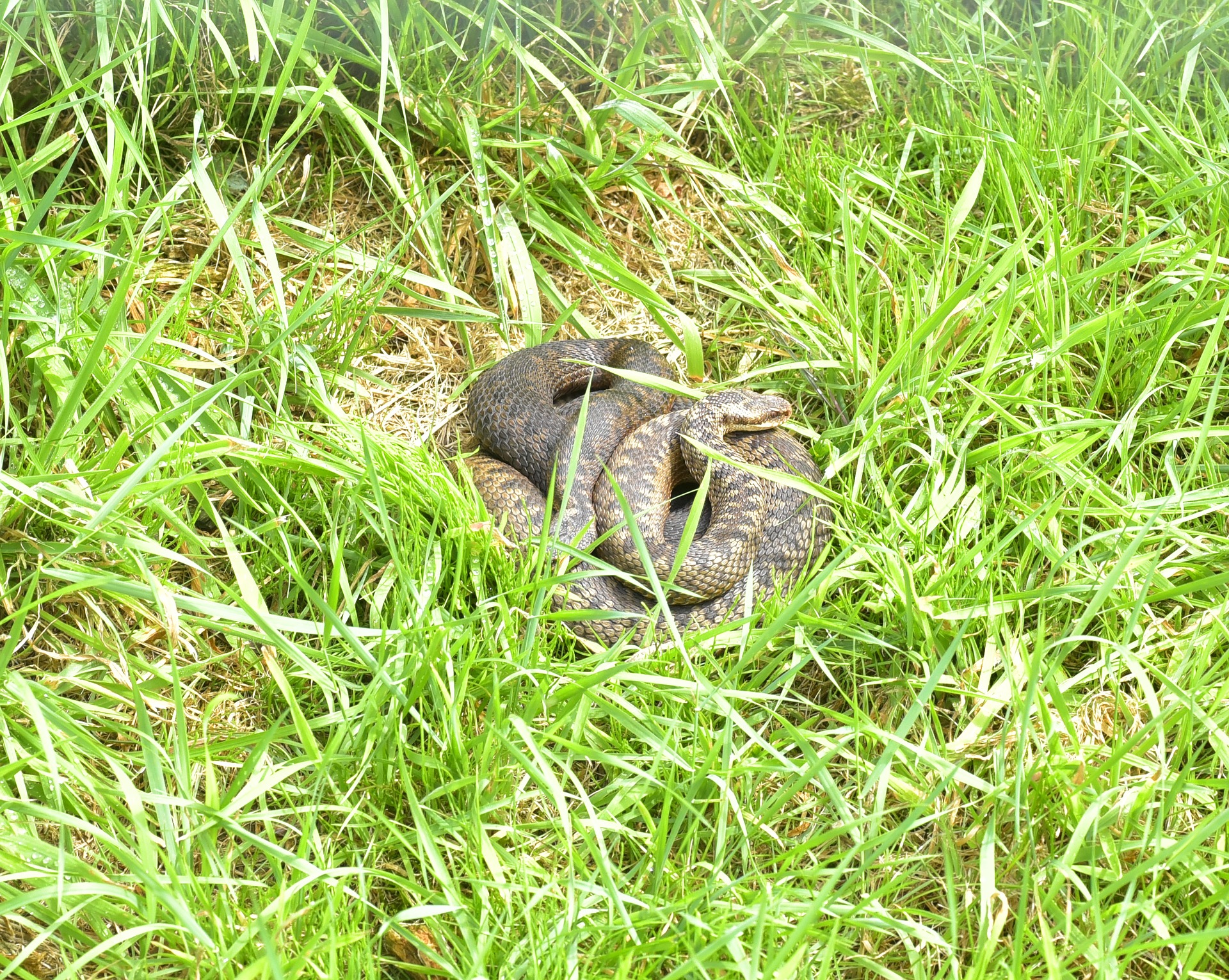Contact us today for a free quote.
Reptile Mitigation and Compensation Guidance
Reptile Mitigation
Reptiles, such as grass snakes, sand lizards, common lizards, smooth snakes and slow worms are UK and European protected species. The Wildlife and Countryside Act 1981 provides protection from deliberate harm or killing of the reptile population in the United Kingdom. If the presence of reptiles is suspected on a development site, a reptile survey should be undertaken, and reptile mitigation should take place if the species is found to be present on the site.
Why is Reptile Mitigation Required?
Mitigation measures for reptiles are usually required to obtain planning permission for development. As reptiles are a protected species, developers may be required to outline their reptile mitigation strategies in their planning applications to demonstrate their plans to limit any harm to the species of reptile found on their development site.

Reptile Mitigation: Avoidance
Avoidance should always be considered before any other type of mitigation strategy. This method involves the avoidance of deliberate disturbance, injury, or killing of reptiles in the development area by changing or redesigning the procedure of work. This can be done by changing the method, location, or timing of the planned work to avoid adverse effects on the reptile population. Avoidance methods, unfortunately, are not always suitable, and thus, reptile mitigation or compensation methods may be required instead.
Reptile Mitigation and Compensation Methods
Temporary Fencing – Temporary fencing can be used to deter reptiles from moving into areas where development could cause damage to them. The fencing should be structured properly to ensure that reptiles cannot pass under, over, or through the fence..
Translocation – Translocation should be undertaken as a last resort and involves moving the reptiles to an alternative location. The new receptor site should be suitable for reptiles and should be as close as possible to the original development site. The receptor site should also be at least the same size as the original habitat, and better quality, where possible.
If the receptor site has an existing species of reptiles, a small number of reptiles may be introduced to the existing population as long as the habitat has been improved to be able to support the additional reptiles.
Capture Methods – Prior to reptile mitigation methods, such as translocation, reptiles will need to be captured. Capture methods can involve the following:
- Use of artificial refuges, such as roofing felt.
- Reduction of the amount of suitable habitat. This will help to concentrate the reptiles into specific areas to make it easier to capture them.
- Using dismantled rubble, rock, or wood piles as refuges to capture the reptiles
Compensation – Compensation methods may be used alongside mitigation methods to reduce the impact of development on reptiles. These methods can include:
- Improving existing habitats for reptiles
- The creation of new habitats
- The improvement of existing habitats
Important Reptile Mitigation Factors to Note
Capture and release methods can take some time to complete. It can take approximately three years for large populations and up to one year for smaller populations.
The best time to capture reptiles is between March and September and they should not be captured during autumn, in extreme weather conditions, or when they are hibernating. You should also avoid capturing heavily gravid reptiles.
Natural England have provided some guidance on reptile mitigation which can be found on the Government’s website. An experienced, qualified Ecologist should always be used for undertaking reptile mitigation methods.
Why Choose Collington Winter?
Collington Winter Environmental are a team of Ecologists with extensive experience in undertaking reptile mitigation strategies on all types of development projects (we also provide mitigation strategies for other protected species, such as badgers). Our Ecology Director, Olivia Collington, holds a Natural England Bat licence and has worked with protected species across the UK, undertaking field surveys and writing scientific and accessible reports for submission at planning.
Please get in touch with our Ecology Director Olivia Collington (Olivia.collington@collingtonwinter.co.uk) for more information on bat surveys and mitigation.
We also provide Protected Species Surveys, Ecological Appraisal and Assessment and Landscape Architectural Services.
Contact Us
Registered Address
23 Bark Street East, 1st Floor, Bolton, BL1 2BQ
Cambridge Office
Future Business Centre, Cambridge Campus, Kings Hedges Road, Cambridge, CB4 2HY
Leicester Office
Rutland House, 23-25 Friar Lane, Leicester, LE1 5QQ
Bristol Office
Newminster House, 27-29 Baldwin Street, Bristol, BS1 1LT
Telephone
Head Office: 01204 939 608
Dumfries Office: 01387 378208
